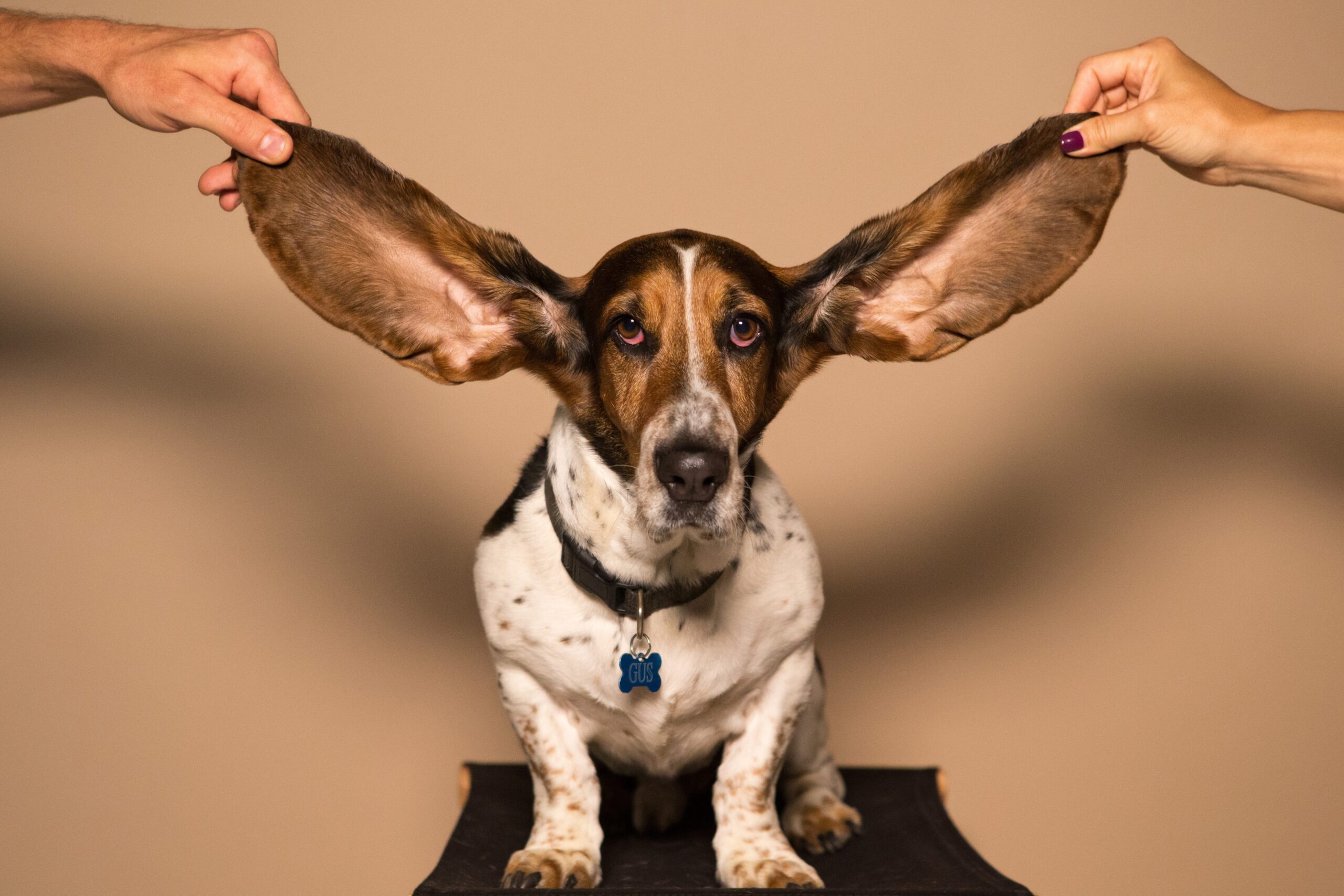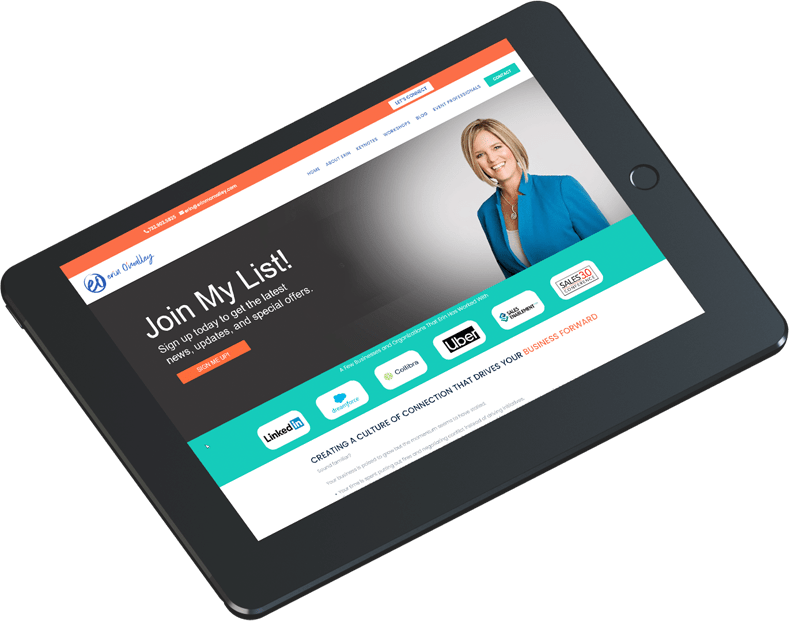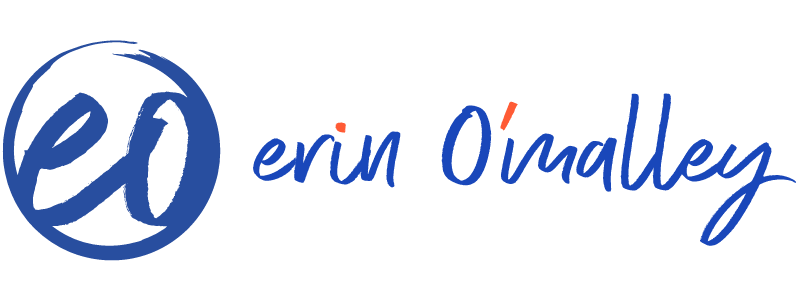Active Listening: More than a Head Nod

[embedyt] https://www.youtube.com/watch?v=qn0QvAaPtug[/embedyt]
Active listening.
How many of you have been to a workshop, a seminar, a training, when they talked about active listening? I’m going to bet the majority of you. I’m also going to bet that conversation started off a little something like this… “So tell me what does active listening look like?”
Now I can almost see the collective head nods throughout the room. You know, the active-listening-head-bob. I’m sure they encourage this by saying, “Yes, active listening: nodding along, encouraging the people to talk more. And if they’re telling a sad story, you get a sad face on, and if they’re telling a happy story, you get a happy face on, but never stop nodding your head.”
This active listening head-bob is a disaster when it comes to true connection. I’m on my mission to help people show up, engage, and connect, and of course, a part of truly engaging with someone is actively listening to them.
What I want to talk about today is when things go wrong with this head nod and what this head nod encourages that we need to stop.
A perfect example of this, in a horrible way, happened just a few weeks ago when I was at yet another conference. I made arrangements to meet my friend Austin, who was also a vendor, for lunch. I headed down to his booth during our lunch break and I saw Austin there and I thought “Oh no” because Austin was mid head nod.
Now, to paint the picture of Austin, he is one of the nicest, most caring, most genuine, most authentic people that I’ve ever met. When when I saw Austin nodding his head and smiling and then I heard our “friend” talking and talking and talking I knew we were going to be in for a long haul.
18 minutes later–I timed it! 18 minutes– our friend finally headed on his way and I looked at Austin and I thought, “Are you okay with all that head-nodding?” Joking aside, we had a laugh about it–I think I was more pained than Austin was– but I asked him, “Do you think he’s going to do business with you?” Austin said, “How could he? He doesn’t know what we do. He talked the whole time.” I said, “Well, are you going to follow up with him?” Austin said, “Of course I will and of course I’ll contact him…” But I left thinking that there was just this big gap between what that man had experienced and what Austin had experienced. That gap was brought on by that head nod.
So often when we see that head nod we’re thinking, “Oh they’re listening, let’s talk more!” But really, this head nod is not a sign of the active listening that’s happening, because let’s face it–half the time we’re nodding our heads we’re thinking, “What is this person talking about? When are they ever going to stop talking? What should I have for dinner?” We know it’s true. We can nod our heads away as active listeners but what I really want to talk about today is what we need to do as active and curious talkers.
This is when it’s our responsibility as talkers to pay attention to those cues. Don’t be fooled by the head nod. Pause, to make sure your message is resonating. Pause and ask, “Can I clarify anything for you?” Pause to notice if someone maybe is doing this (checks watch) or perhaps they’ve stopped a head nod and they’re giving you one of these (eye roll) or they’re looking confused.
This is when the onus is on us, as the curious talkers, to pay attention to those signals that people are sending. As active listeners, while I’m not necessarily encouraging the eye roll, what I am encouraging is to get away from this and be more reactive and responsive to what’s at actually happening so that talker can respond to make sure they’re getting their message through clearly. Again, I am on my mission to help people show up, engage, and connect, and my challenge for you this week is to notice how often you’re doing this (nods head) but not actually listening and how often as a talker you’re seeing this. I want you to wonder… what are they really thinking? Are they paying attention to your words? Or are they wondering what they’re going to have for dinner? If so, what you can do to pause, to engage, and to truly connect?

Join My List!
TIPS ON CREATING A “CULTURE OF CONNECTION”
Are you tired of reading the same regurgitated information? Do you want to learn
fresh, new connection tactics that your competition doesn’t know about? Just click the button below to subscribe today to get the latest news, updates and special offers.


0 Comments